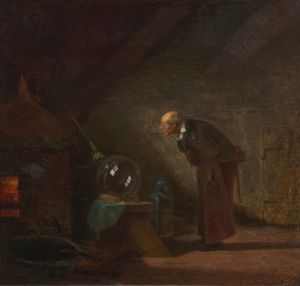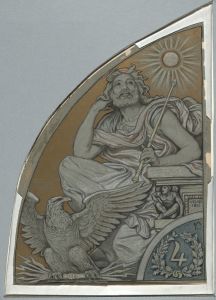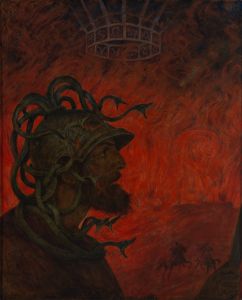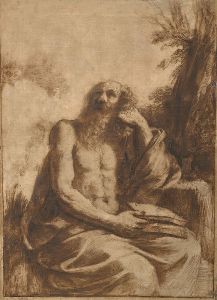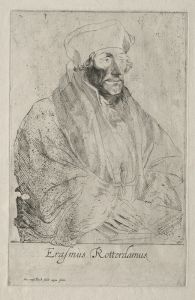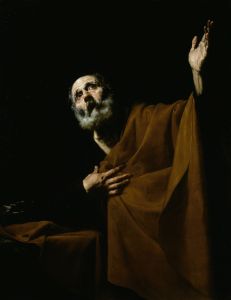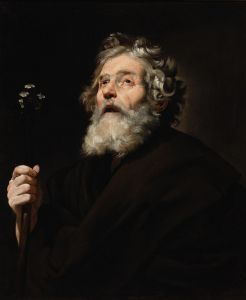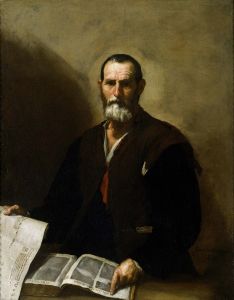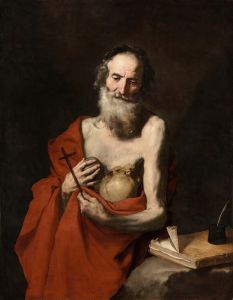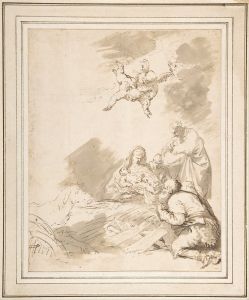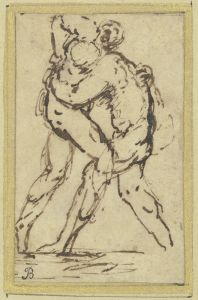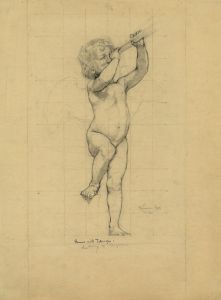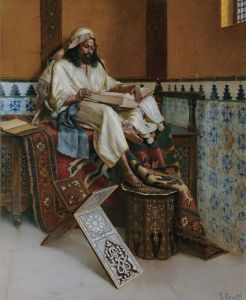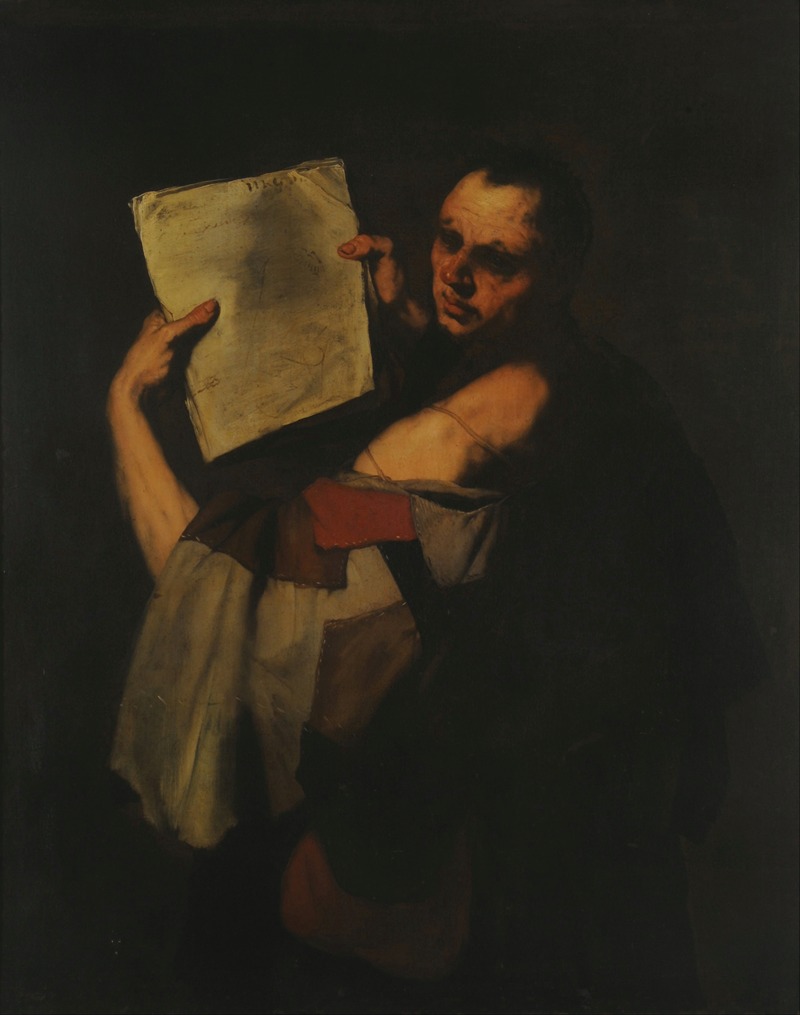
Un astrónomo
A hand-painted replica of Jusepe de Ribera’s masterpiece Un astrónomo, meticulously crafted by professional artists to capture the true essence of the original. Each piece is created with museum-quality canvas and rare mineral pigments, carefully painted by experienced artists with delicate brushstrokes and rich, layered colors to perfectly recreate the texture of the original artwork. Unlike machine-printed reproductions, this hand-painted version brings the painting to life, infused with the artist’s emotions and skill in every stroke. Whether for personal collection or home decoration, it instantly elevates the artistic atmosphere of any space.
Jusepe de Ribera, a prominent Spanish painter of the Baroque period, is well-known for his dramatic and realistic depictions of religious and mythological subjects. One of his intriguing works is "Un astrónomo" (The Astronomer), which showcases Ribera's mastery in capturing human emotion and the intricate play of light and shadow, a technique known as chiaroscuro.
"Un astrónomo" is believed to have been painted in the early 17th century, during Ribera's time in Naples, where he spent most of his career. This period was marked by Ribera's deep engagement with the tenebrism style, heavily influenced by Caravaggio, which is evident in the strong contrasts between light and dark in the painting. The work reflects Ribera's interest in the human condition and the pursuit of knowledge, themes that were prevalent during the Baroque era.
The painting depicts an elderly man, presumably an astronomer, deeply engrossed in his work. He is shown with a contemplative expression, suggesting a moment of introspection or discovery. The astronomer is surrounded by various scientific instruments, including a globe and possibly a compass or other measuring tools, which indicate his scholarly pursuits and the intellectual curiosity of the time. These elements serve to highlight the importance of science and exploration during the 17th century, a period that saw significant advancements in these fields.
Ribera's attention to detail is evident in the realistic portrayal of the astronomer's features and the textures of the objects around him. The wrinkles on the man's face and hands are meticulously rendered, conveying a sense of wisdom and experience. The use of light in the painting is particularly striking; it illuminates the astronomer's face and hands, drawing the viewer's attention to his expression and the tools of his trade, while the background remains shrouded in shadow, adding a sense of mystery and focus to the composition.
"Un astrónomo" is a testament to Ribera's skill in combining realism with dramatic intensity. The painting not only captures the likeness of an individual but also conveys a narrative about the quest for knowledge and the human spirit's relentless pursuit of understanding the universe. This theme resonates with the broader intellectual currents of the Baroque period, which celebrated both religious devotion and scientific inquiry.
The painting is housed in the Museo del Prado in Madrid, Spain, which holds an extensive collection of Ribera's works. The museum's collection provides valuable insights into the artist's development and the broader artistic trends of his time. "Un astrónomo" remains a significant piece within Ribera's oeuvre, exemplifying his ability to blend naturalism with emotional depth.
In summary, Jusepe de Ribera's "Un astrónomo" is a masterful representation of the Baroque fascination with science and the human experience. Through his expert use of chiaroscuro and detailed realism, Ribera invites viewers to reflect on the nature of knowledge and the enduring quest to unravel the mysteries of the cosmos.





